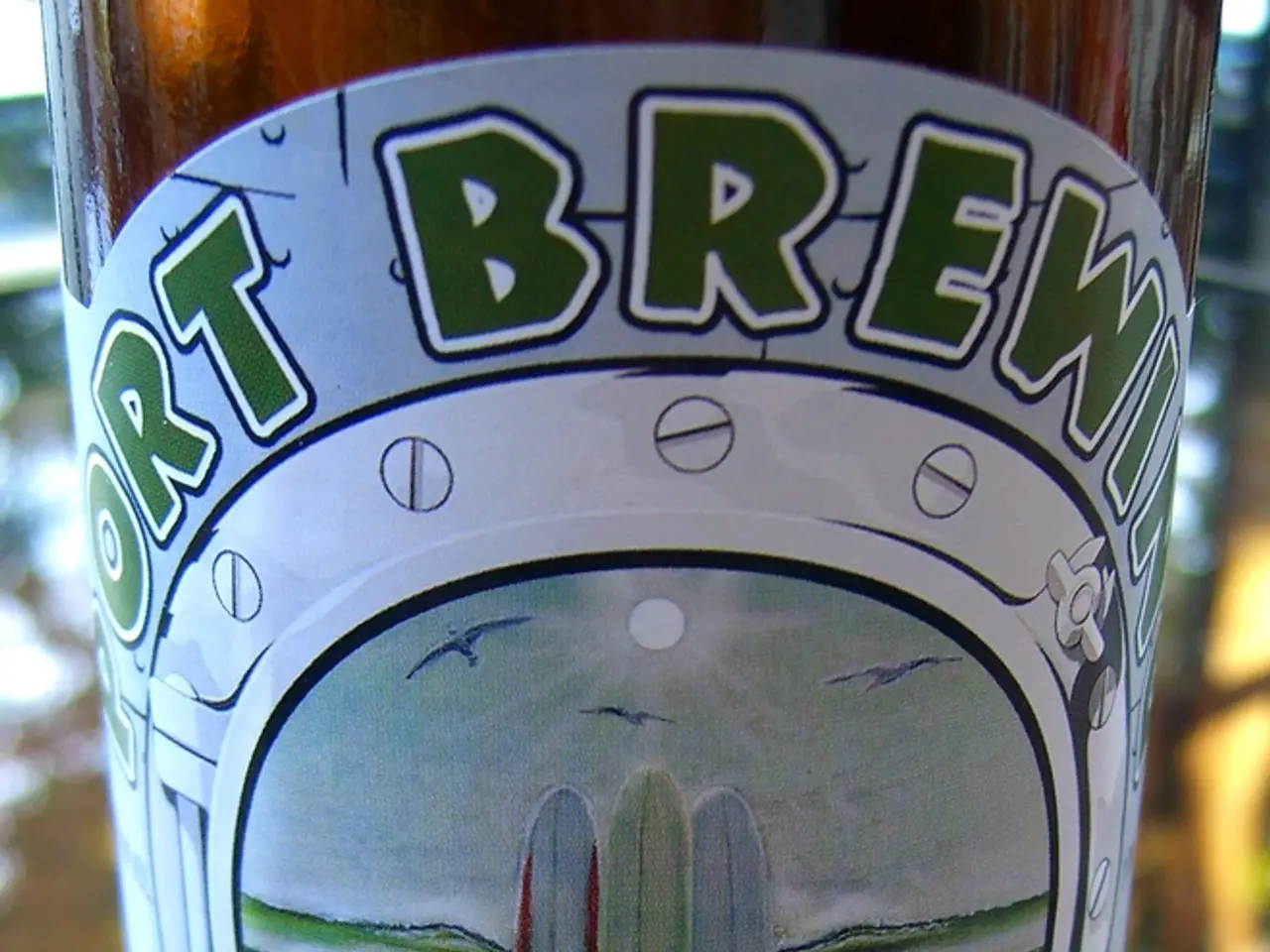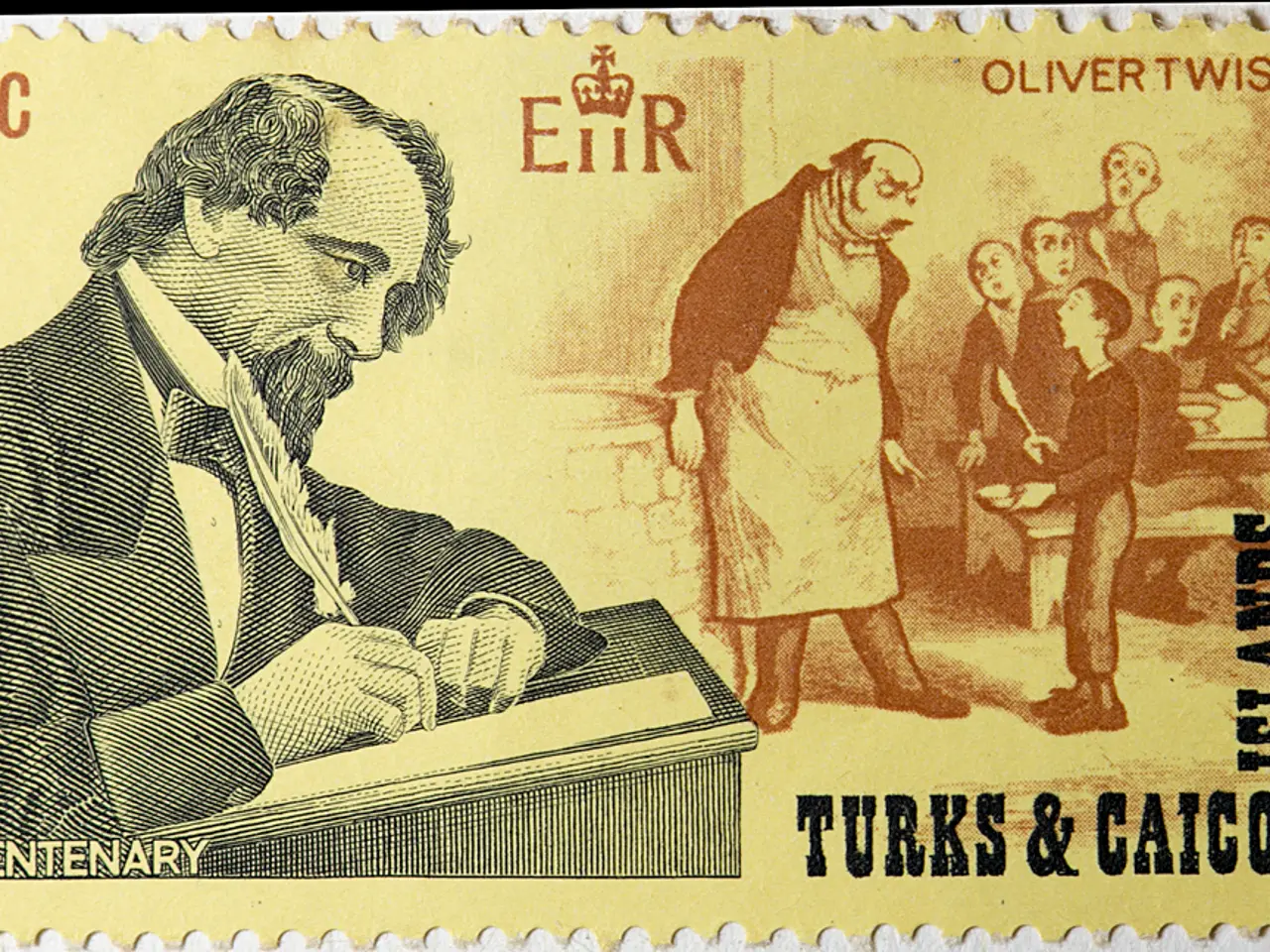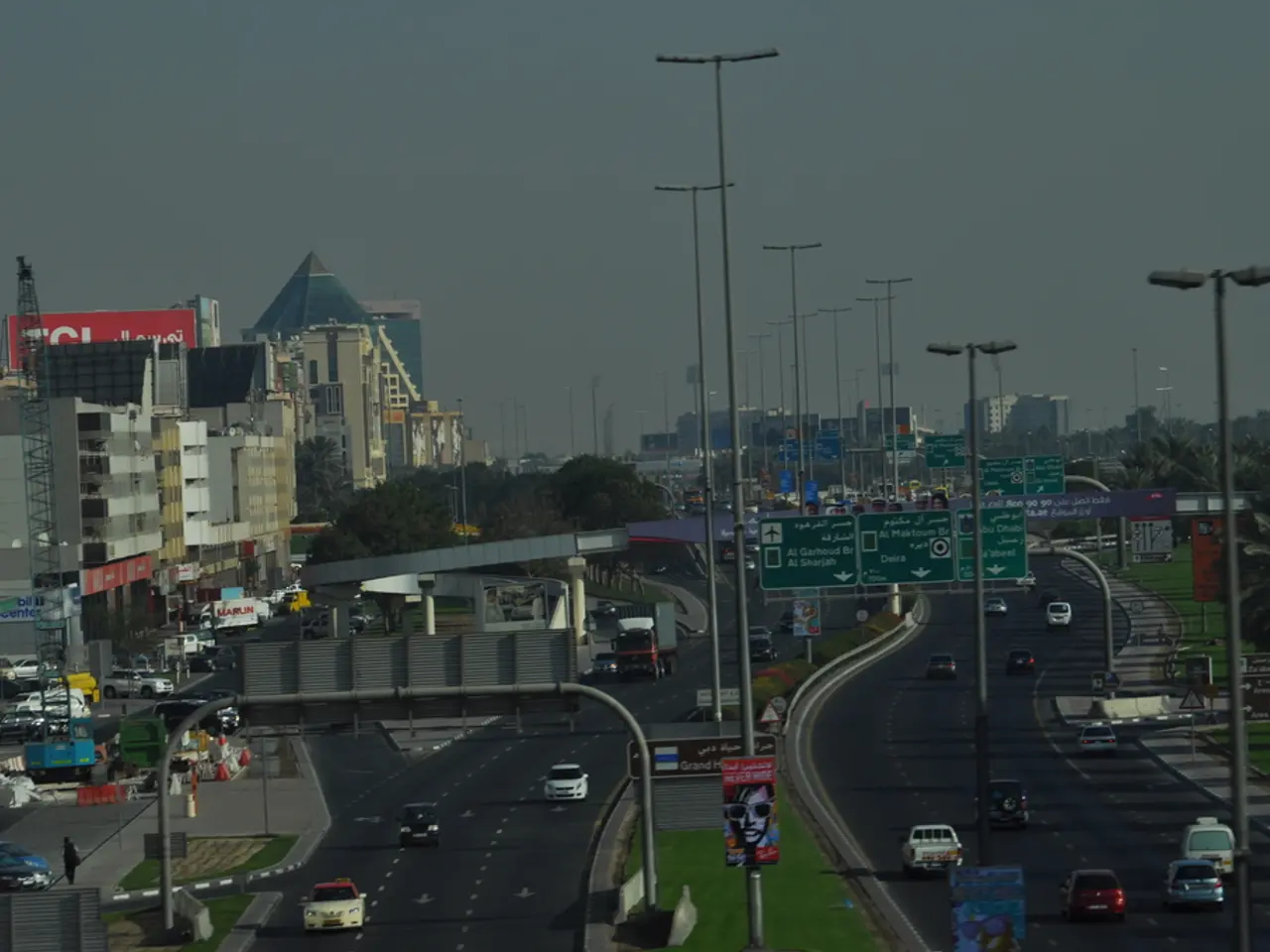Ethanol blending initiative endorsed by ISMA, dispels unfounded claims
The introduction of E20 ethanol-blended fuel (20% ethanol, 80% petrol) in India marks a significant step towards energy security, environmental sustainability, and agricultural support. This fuel blend, already implemented globally in countries like Brazil, is now being introduced on a pan-India scale with a 2030 target for full adoption.
Scientific Validation & Engine Impact
The energy density of ethanol (26 MJ/kg) is lower than that of petrol (42 MJ/kg), resulting in a slightly reduced overall energy density for E20 (approximately 40 MJ/kg). This means vehicles may consume more fuel to generate the same power, leading to a reported efficiency drop of 1-6% according to controlled tests by the Automotive Research Association of India (ARAI), but some user reports and manufacturers claim up to 7-20% loss in fuel economy for older engines designed before E20 compatibility.
Cars built before April 2023 in India are primarily not designed to handle E20 fuel fully. Using E20 in non-certified vehicles can cause increased wear and tear to engine components, corrosion issues, potential engine knocking, and possible damage to valves and piston heads, affecting engine longevity over time. Many manufacturers explicitly caution against using more than E10 ethanol content in their older car models and may exclude engine damage caused by E20 usage from warranty coverage.
Global Experience
Brazil, the global leader in ethanol fuel use, primarily with flexible fuel vehicles (FFVs) designed to run on up to E100 (pure ethanol), demonstrates that higher ethanol blends require engine and fuel system components specifically designed to tolerate ethanol’s chemical properties. Countries adopting ethanol blends have progressively aligned vehicle manufacturing standards to ensure compatibility, typically supporting blends up to E15-E20 in modern cars without significant issues.
Benefits for India
The benefits of E20 fuel for India include reduced crude oil imports, lower CO2 tailpipe emissions, and a potential reduction in greenhouse gas emissions by up to 20-30% compared to pure petrol due to the renewable origins of ethanol. The ethanol blending programme also encourages rural employment and agricultural sectors through ethanol production, with ethanol being cheaper to produce than petrol. However, fuel price savings for consumers may be limited.
Summary
The safe use of E20 fuel depends on engine compatibility. Vehicles manufactured or certified after 2023 in India are largely compatible with E20, showing minimal efficiency loss and no significant engine damage in tests. Older vehicles using E20 fuel may experience increased wear and efficiency loss. A phased transition, vehicle adaptations, and clear user guidance remain essential for a successful rollout.
The target of 20 per cent ethanol blending (E20) has already been achieved in the current Ethanol Supply Year. Brazil currently blends over 27% ethanol in petrol and aims to reach 30% by 2030. The ethanol blending programme has become a "game changer" for over five crore sugarcane farmers, transferring more than Rs 1.18 lakh crore to them. The original target of 20 per cent ethanol blending was advanced from 2030 to 2025. By 2022, India achieved 10 per cent blending, five months ahead of schedule. Automobile manufacturers are producing E20-compliant models.
Amidst the transition to E20 fuel, the Indian Sugar and Bio-Energy Manufacturers Association (ISMA) has defended the country's ethanol-blending programme, dismissing negative campaigns on social media as misleading and detrimental to the ethanol-blending programme. The Ministry of Petroleum and Natural Gas has also dismissed claims on social media that E20 petrol causes a drastic drop in fuel efficiency and impacts engines.
- The announcement of E20 as the novel fuel blend in India signifies a critical step towards energy security, environmental sustainability, and agricultural support, as well as reducing greenhouse gas emissions by up to 20-30%.
- Chemical properties of ethanol necessitate engine and fuel system components specifically designed to tolerate its properties in countries like Brazil, where flex-fuel vehicles dominate and ethanol blends are progressively aligned with vehicle manufacturing standards.
- Vehicles manufactured or certified after 2023 in India are generally compatible with E20, showing minimal efficiency loss and no significant engine damage in tests, whereas older vehicles using E20 may experience increased wear and efficiency loss.
- The ethanol blending programme in India encourages rural employment and agricultural sectors through ethanol production, with ethanol being cheaper to produce than petrol, and has already transferred over Rs 1.18 lakh crore to sugarcane farmers.
- Amidst concerns regarding negative impacts on fuel efficiency and engine health, the Indian Sugar and Bio-Energy Manufacturers Association and the Ministry of Petroleum and Natural Gas have dismissed misleading social media campaigns as detrimental to the ethanol-blending programme.




